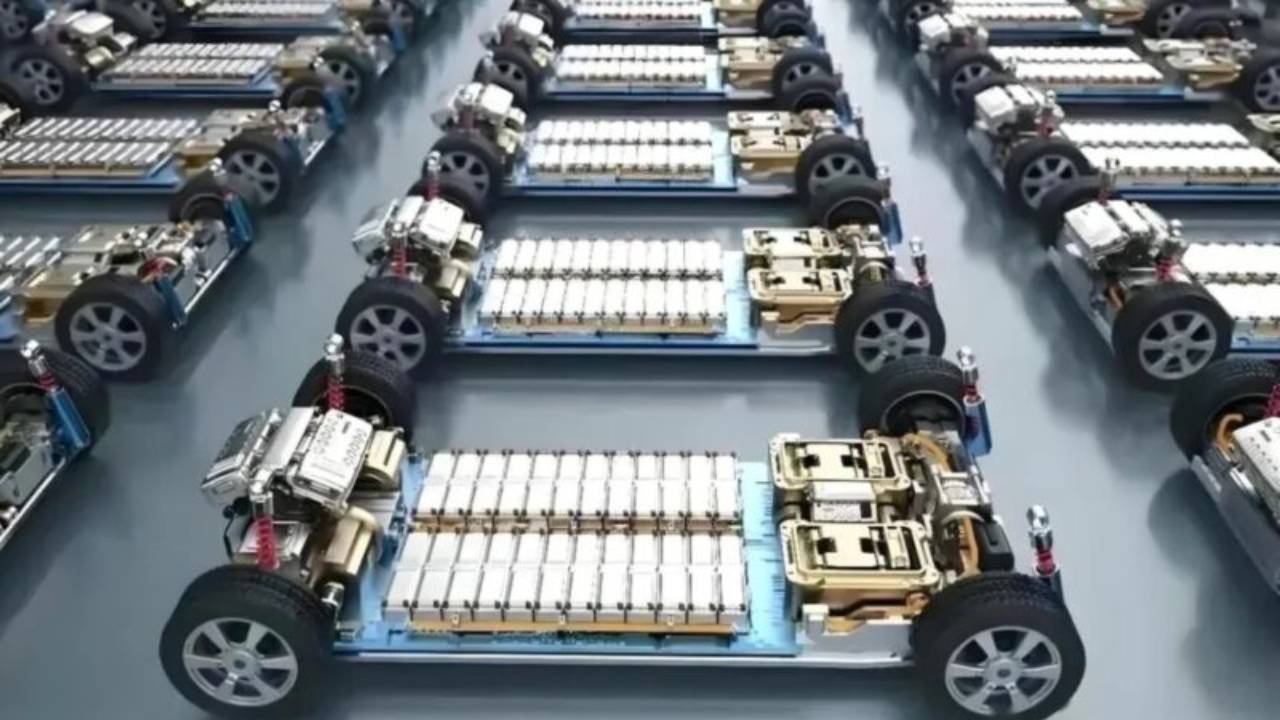Xiaomi has taken its first concrete step towards solid-state battery technology. It has announced a patent for a new electrode design that aims to overcome critical obstacles such as energy density and ion conductivity. The patent increases battery performance by allowing ions to travel shorter distances with a layered electrode structure.
1,200 km range and 800 km charge in 10 minutes
At the heart of the new structure is a solid electrolyte consisting of active materials, conductive agents, binders, and polymer and metal salts. This structure penetrates through the electrode in the thickness direction, allowing ions to move more efficiently.

Xiaomi states that this design is compatible with existing lithium-ion battery production lines. This is an important advantage that can accelerate the transition of the technology to mass production. According to the data shared by the company, the prototype battery offers 77.8 percent volume efficiency with its Cell-to-Body (CTB) structure.
The battery pack, which is only 120 mm high, is integrated into the floor of the vehicle, optimizing both interior space use and improving weight distribution. According to CLTC standards, the system, which is stated to offer a range of over 1,200 kilometers, can provide a range of 800 kilometers in just 10 minutes.
Xiaomi’s move is part of the solid-state battery race that is gaining momentum globally. CATL, BYD, Toyota, SAIC and BMW, which are among the major players in the sector, are working on similar technologies. While BMW has started testing the solid-state battery prototype of the i7 model on the roads, CATL and SAIC plan to start limited production by 2027. Toyota aims to introduce its first solid-state battery models between 2027 and 2028.
Solid-state batteries provide advantages in areas such as energy density, safety and thermal stability by replacing liquid electrolytes with solid materials. However, this technology still faces some challenges: low ion conductivity, electrode-electrolyte interface contact problems and technical obstacles such as lithium dendrite formation are waiting to be overcome. The sector continues to work on sulfide, oxide and polymer-based electrolytes; each with different conductivity, stability and manufacturability balances.
Xiaomi’s patent is particularly notable for its solution to the problem of ion movement within thick electrodes. This development is a critical step for fast charging applications. According to analysts, Xiaomi can reduce its dependence on third-party battery suppliers in its electric vehicles with this technology.
The widespread use of solid-state batteries is not expected before 2030. However, Xiaomi’s entry into the sector shows that this technology is being taken more seriously in the industry and that investments are increasing. This could herald a new era in energy storage systems.













